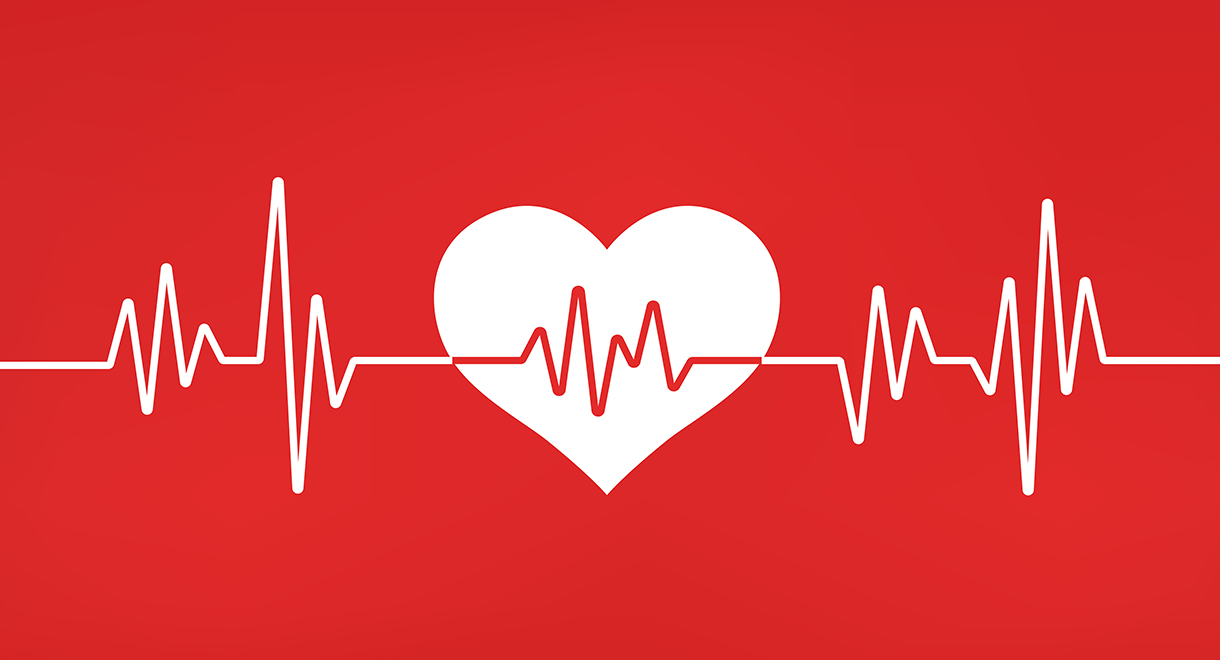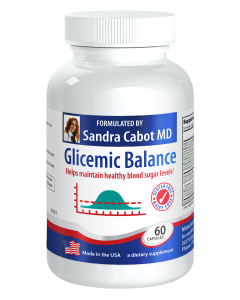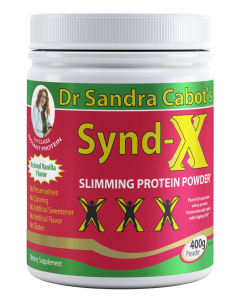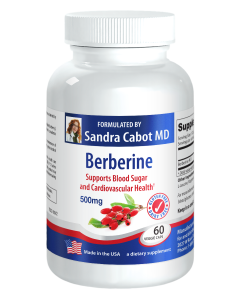

Resting Heart Rate May Predict Future Risk Of Type 2 Diabetes
Do you know what your resting heart rate is? Perhaps the last time you measured it was during exercise classes at school. Interestingly, research published in the International Journal of Epidemiology has discovered that a faster heart rate may mean you are at greater risk of developing type 2 diabetes.
Type 2 diabetes has reached epidemic proportions. If it goes undiagnosed for years, high blood sugar can cause significant harm to your body.
Your resting heart rate is a measure of how many times your heart beats each minute. According to this new research, the more often it beats, the higher your blood sugar is likely to be. Resting heart rate is also a measure of your overall fitness. Slim and fit people usually have a slower heart rate because their heart is more efficient at pumping blood; therefore, it doesn’t have to beat as often. If the heart is weaker, or a person is overweight, the heart needs to beat more often to try and pump blood around the body.
According to US researcher Dr Xiang Gao, from Pennsylvania state university, “We found participants with faster heart rates, suggesting lower automatic function, had increased risk of diabetes, pre-diabetes and conversion from pre-diabetes to diabetes. “Each additional 10 beats per minute was associated with 23% increased risk of diabetes, similar to the effects of a 3 kg-per-sq-m increase in body mass index (BMI).”
So that means if you have a faster heart rate you are more likely to have syndrome X, and more likely to progress from syndrome X to type 2 diabetes at a faster pace.
How to measure your resting heart rate
The easiest way is to find your pulse and count how many times it beats for one minute. It is best to do this shortly after you’ve woken in the morning, while still lying in bed. Alternatively you can do it any other time of the day, as long as you’ve been sitting down and resting for a while. Caffeine can speed up your heart rate, so don’t measure it after drinking tea, coffee, or other caffeine-containing items. Exercise and strong emotions also speed up your heart rate.
What is a normal resting heart rate?
For adults, anywhere between 40 and 100 beats per minute is considered normal. Athletes typically have a heart rate between 40 and 50. An average, normal weight person who is relatively fit has a heart rate between 50 and 70 beats per minute. Your heart rate usually becomes faster when you get older.
Type 2 diabetes is escalating all around the world, and the tragedy is so many diabetics are undiagnosed. Type 2 diabetes can produce very subtle symptoms or no symptoms at all; while elevated blood sugar silently causes damage to the body. Many people don’t visit a doctor for regular health checks; therefore, wouldn’t know if they have high blood sugar. Checking your pulse at home is an easy, pain free method of getting some insight into your health. If your pulse is abnormally fast or slow, please see your doctor.
How to improve your blood sugar and reduce the risk of type 2 diabetes
- Reduce the sugar, carbohydrate and unhealthy fats in your diet. These foods raise blood sugar and can create a fatty liver. Carbohydrate rich foods include sugar, flour, bread, pasta, rice, potatoes, breakfast cereals and grains. The liver is very proficient at converting these foods into fat. The other food that promotes the development of insulin resistance and type 2 diabetes is omega 6 rich vegetable oil. Fried foods and packaged foods like crisps, chips, crackers and cookies are usually full of the wrong fats. If you experience strong sugar cravings, Glicemic Balance capsules reduce cravings by balancing your blood sugar.
- Base your diet on vegetables, protein and natural fats. These foods will keep you feeling full and will keep your blood sugar level stable throughout the day. This is very important in order to prevent hypoglycemia, sugar cravings, foggy head and fatigue. Many people trying to lose weight actually don’t eat enough protein and fat. This is dangerous territory because you will be at far greater risk of bingeing on all the wrong foods once you get tired and hungry enough. When eating protein-rich foods like fish, poultry or red meat, please eat a palm and a half sized portion. Whey protein powder is an excellent source of protein that’s highly satiating. It will help to keep you feeling full for many hours and reduces the risk of sugar cravings. Please include good fats in your diet like olive oil, avocados, nuts, seeds and oily fish such as salmon, as well as the fat on pastured meat. For more information see the book Diabetes Type 2: You Can Reverse it. Many of our patients have poor liver health; therefore, compromised fat digestion. If you have a sluggish liver, it will not produce sufficient bile. That means eating good fats can leave you feeling bloated, nauseous and tired. Taking an ox bile supplement can help prevent those symptoms.
- Berberine is a plant extract that helps reduce the risk of type 2 diabetes by improving insulin sensitivity. This is critical for type 2 diabetics because the insulin in their body doesn’t work properly.
- Take a good quality liver tonic. Diet changes will work on their own eventually, but you should reach your goals sooner, and feel more energetic sooner if you take a good quality liver tonic. Livatone Plus contains the nutrients your liver needs in order to burn fat efficiently and detoxify your bloodstream.
The above statements have not been evaluated by the FDA and are not intended to diagnose, treat or cure any disease.
Know someone who might benefit from this article? Share it!
Need Help?
1-888-75-LIVER
Monday to Friday, 9:00 am to 5:00 pm MST
100%
Satisfaction Guaranteed
If it’s faulty or wrongly described, we’ll replace it.













